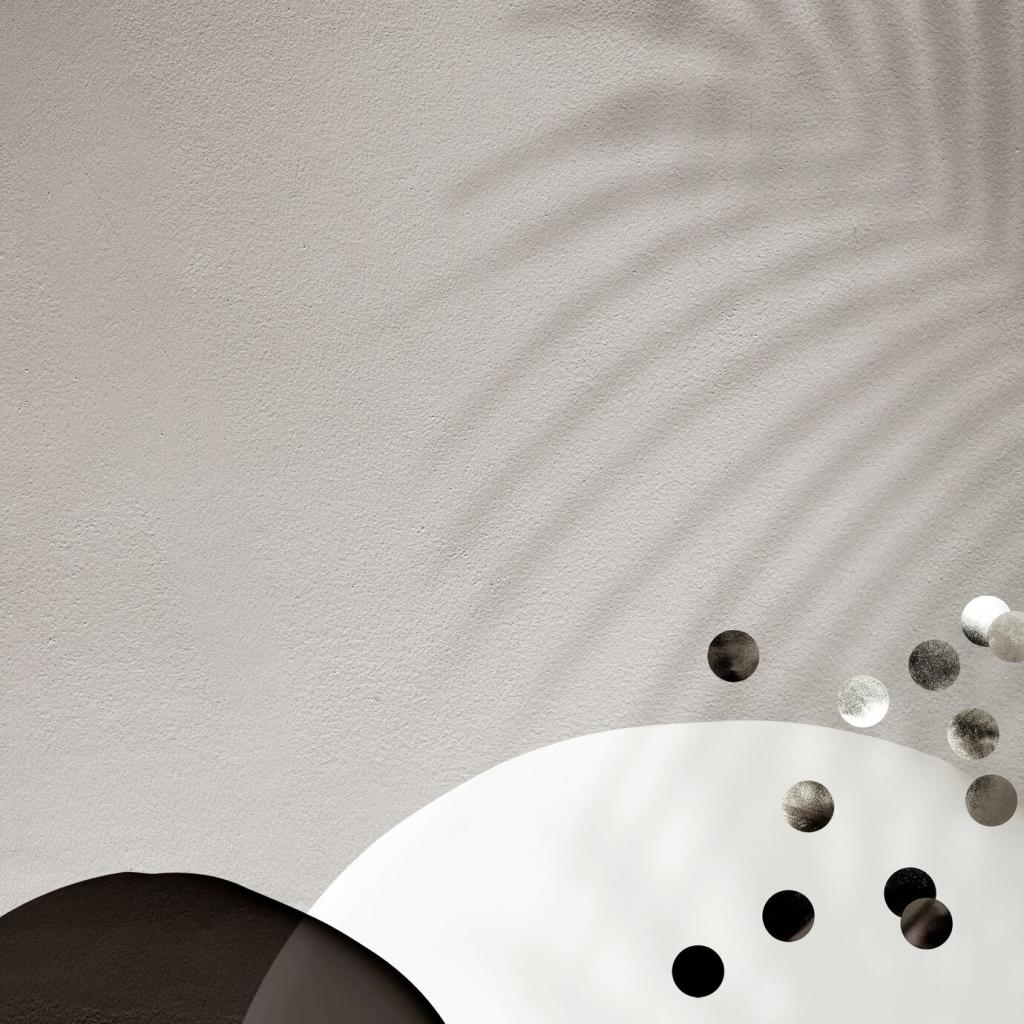Furniture: Classic Lines, Clean Profiles
A tight-back sofa with slim arms preserves air space while nodding to tradition. Pair with a simple wood coffee table, not oversized. Measure circulation paths generously. Negative space is the most elegant accessory you own.
Furniture: Classic Lines, Clean Profiles
Refinish a vintage dresser in a matte tone and swap ornate knobs for minimal pulls. Keep the profile classic, the details quiet. Transitional minimalism honors the past without getting stuck there. Have a piece to update? Ask for ideas.




